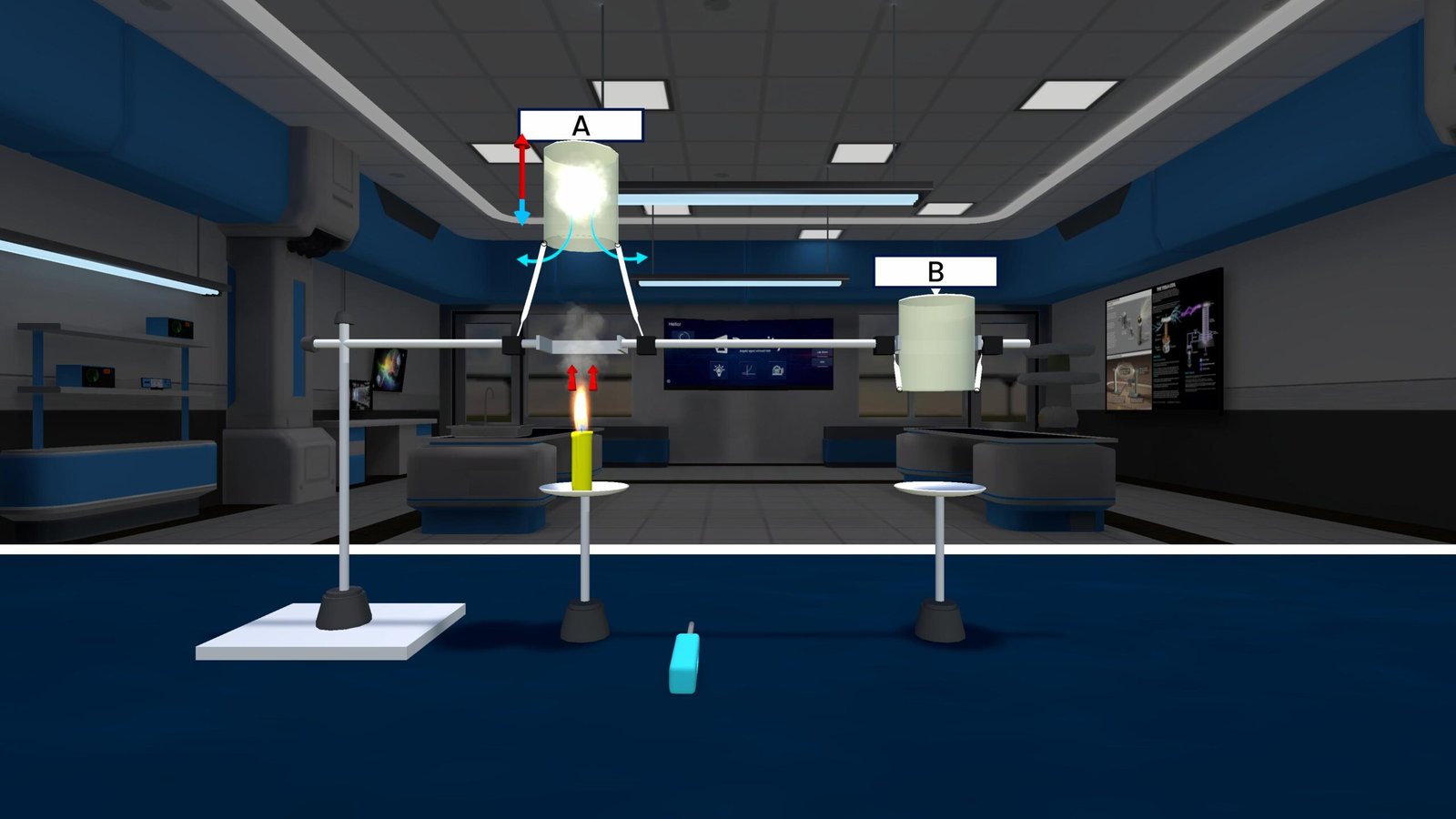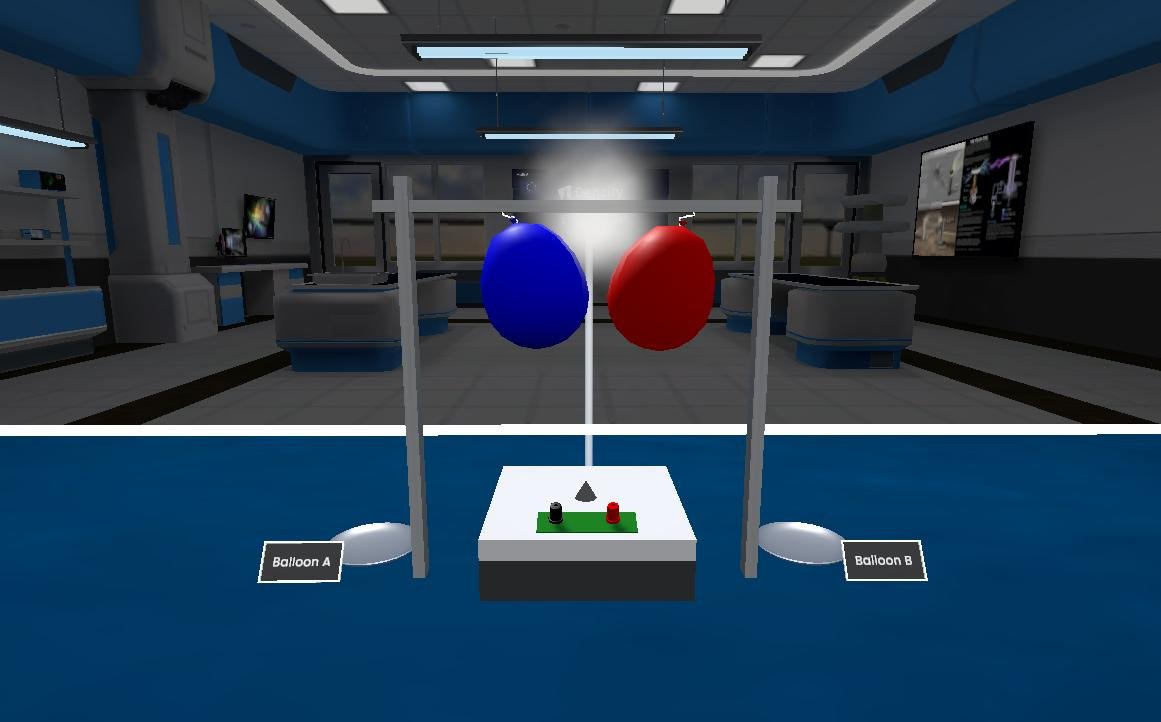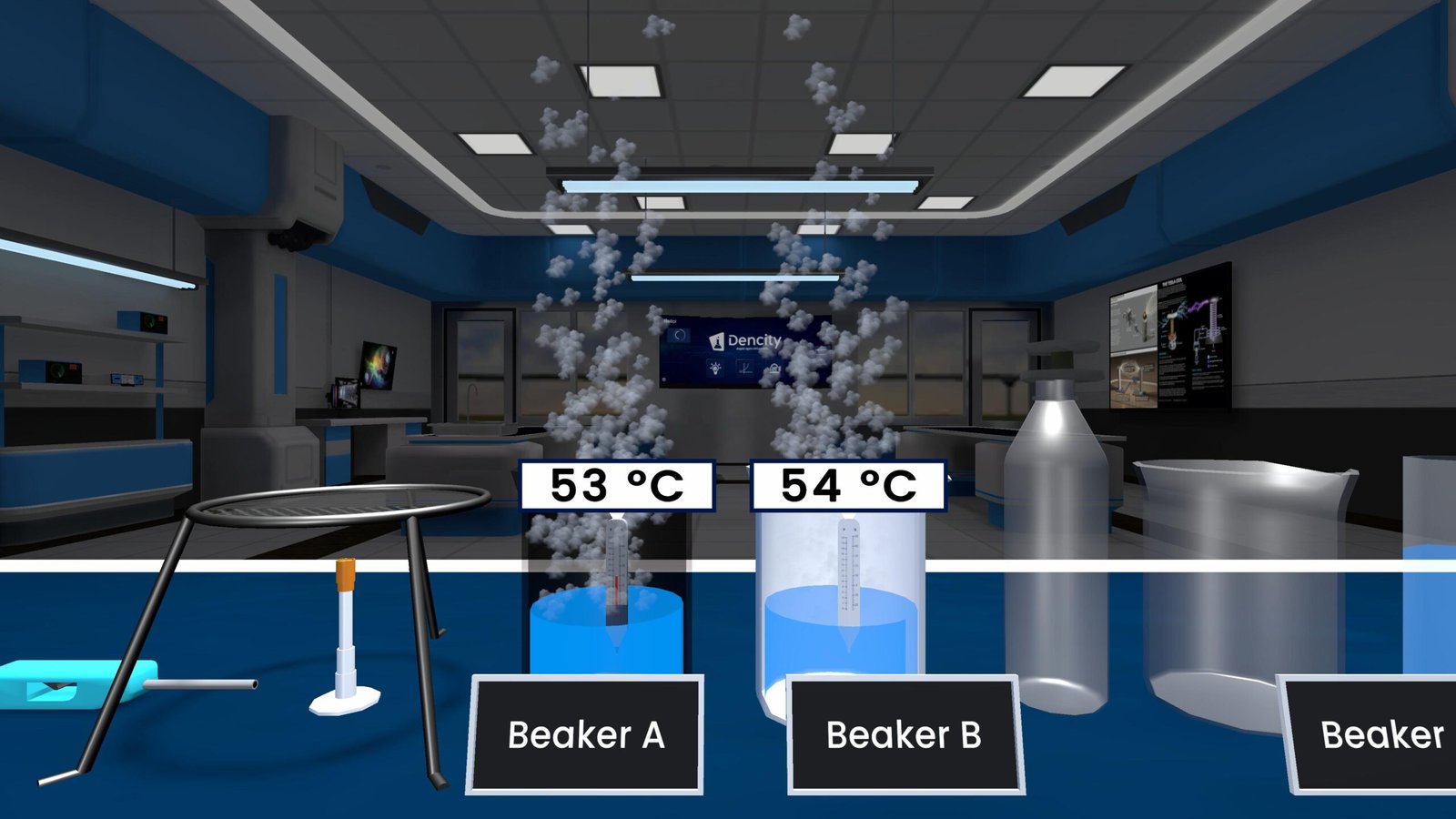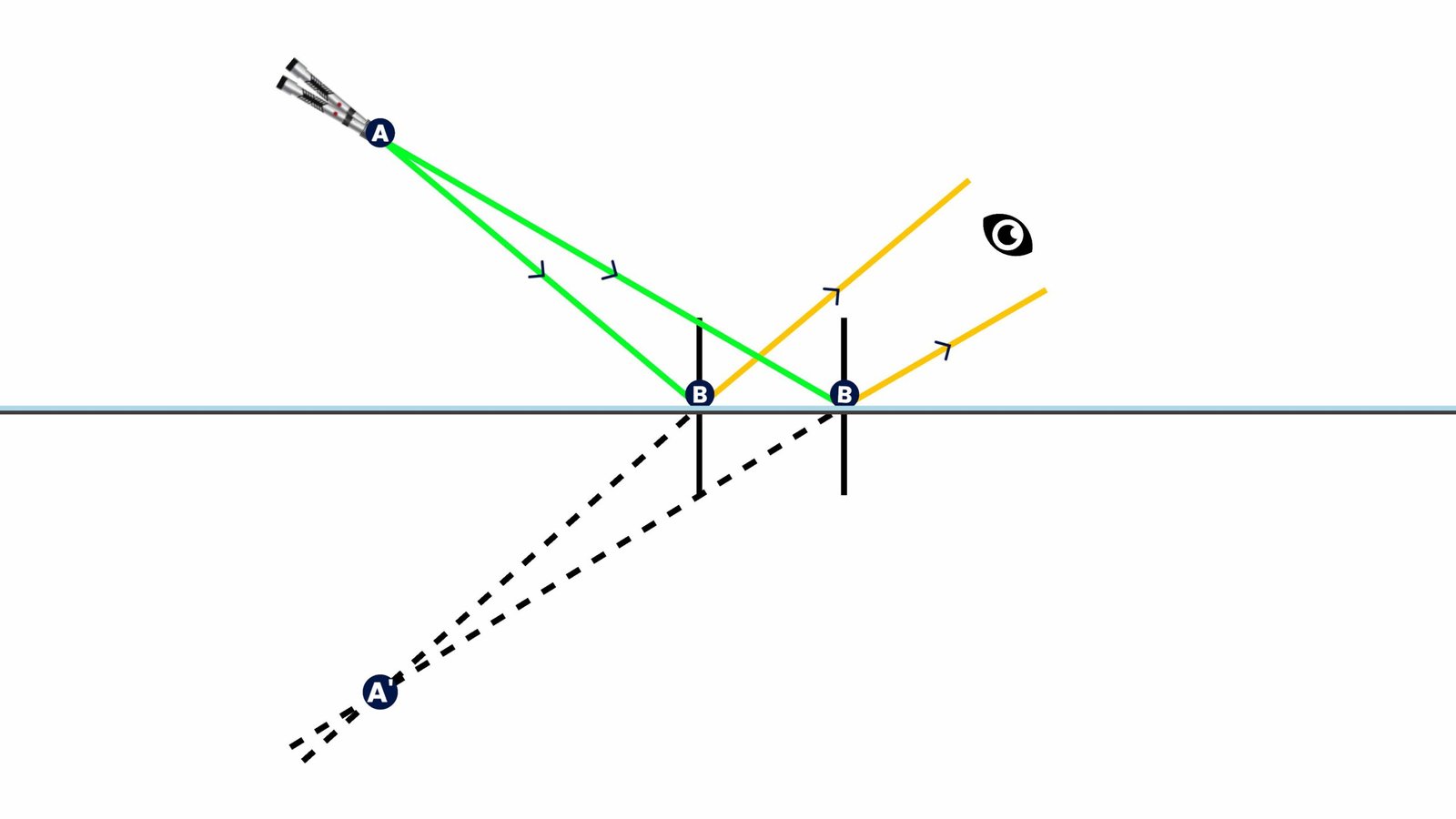Convection in Air Experiment – Explained for Students
Convection in Air is a process where warm air rises and cooler air moves in to take its place. This movement of air creates a convection current, which is a vital way heat transfers in gases and fluids. Let’s understand how this happens with a simple experiment.
What Happens in the Convection in Air Experiment?
In this setup, two identical lamps are hung on each side of a horizontal rod like a balance. The rod is tied at the center with a thread and suspended to keep it balanced. Now, if you place a burning candle under one of the lamps, something interesting happens.
The heat from the candle warms the air below that lamp. Warm air expands, becomes lighter (less dense), and rises upward. As this warm air goes up, it pushes the lamp upwards, causing the rod to tilt. The lamp on the other side, where the air is cooler and heavier, stays down.
This simple movement proves that warm air rises, and this is the basis of convection in air.
Why Does This Matter in Real Life?
- Smoke rises from a chimney because of convection.
- Hot air balloons lift off the ground using warm air.
- Sea breeze and land breeze happen because of convection in coastal areas.
- Exhaust fans are placed high because hot air collects near ceilings.
- Air conditioners and heaters rely on convection to spread hot or cold air.
Summary Table:
| Condition | Effect on Lamp |
|---|---|
| Candle below the lamp | Lamp rises upward |
| No candle below the lamp | Lamp moves downward |
This experiment is from class 7 science, and it beautifully explains how heat transfer happens through convection in gases like air.
Explore This with Dencity – A Virtual Science Lab
With the Dencity app, students can perform this experiment virtually without needing candles, lamps, or any lab setup. The Dencity virtual lab allows students to observe convection currents in action, simulate heat effects, and understand why warm air rises – all in a safe and interactive environment.
Whether you’re using a tablet, phone, or desktop, the Dencity app brings science experiments to life with real-time results, animations, and step-by-step learning. It’s perfect for students from Class 9 to Class 12, but also helps younger learners understand core concepts clearly.
Dencity for Teachers
Dencity supports interactive teaching by allowing teachers to:
- Demonstrate the Convection in Air experiment live.
- Assign homework and receive automatic reports.
- Let students explore on their own or in virtual classrooms.
- Control experiments remotely for live sessions.
- Use built-in drawing tools for better explanation.
With Dencity, teaching science becomes more visual, engaging, and effective.
Dencity on Interactive Touch Panels
Dencity is fully optimized for interactive touch panels used in modern classrooms. Teachers and students can interact directly with experiments using touch gestures, making concept explanation and student participation much easier.
Interested in Bringing Dencity to Your School?
We offer customized pricing and solutions for educational institutions.
Contact us today to schedule a demo or get a personalized plan for your school.
Frequently Asked Questions
- What is convection in air?
Convection is the process where warm air rises and cooler air moves in to replace it, creating a flow of air known as a convection current. - Why does warm air rise?
Warm air is less dense than cold air, so it moves upward naturally. - How does this experiment prove convection?
The lamp rises when warm air lifts it, showing that heated air moves upward, disturbing the balance. - Is this experiment safe to do at home?
It involves fire, so it’s best done under adult supervision or virtually using apps like Dencity. - Can I see the same results without a candle?
No, because the heat source (candle) is what creates the convection effect. - What are convection currents used for?
They’re used in weather patterns, cooking, heating systems, and ventilation. - What happens if we use a fan instead of a candle?
A fan moves air but doesn’t create heat-based movement like convection. - Which class is this experiment for?
This is generally a Class 7 science concept. - Is this experiment available in the Dencity app?
Yes, you can find this and many other science experiments in the Dencity virtual lab. - Does Dencity work on iPads and laptops?
Yes! It supports Android, iOS, and desktops, and also works great on interactive classroom panels.
For more details, visit dencityapp.in
Try out science experiments virtually and learn science the smart way with Dencity.







